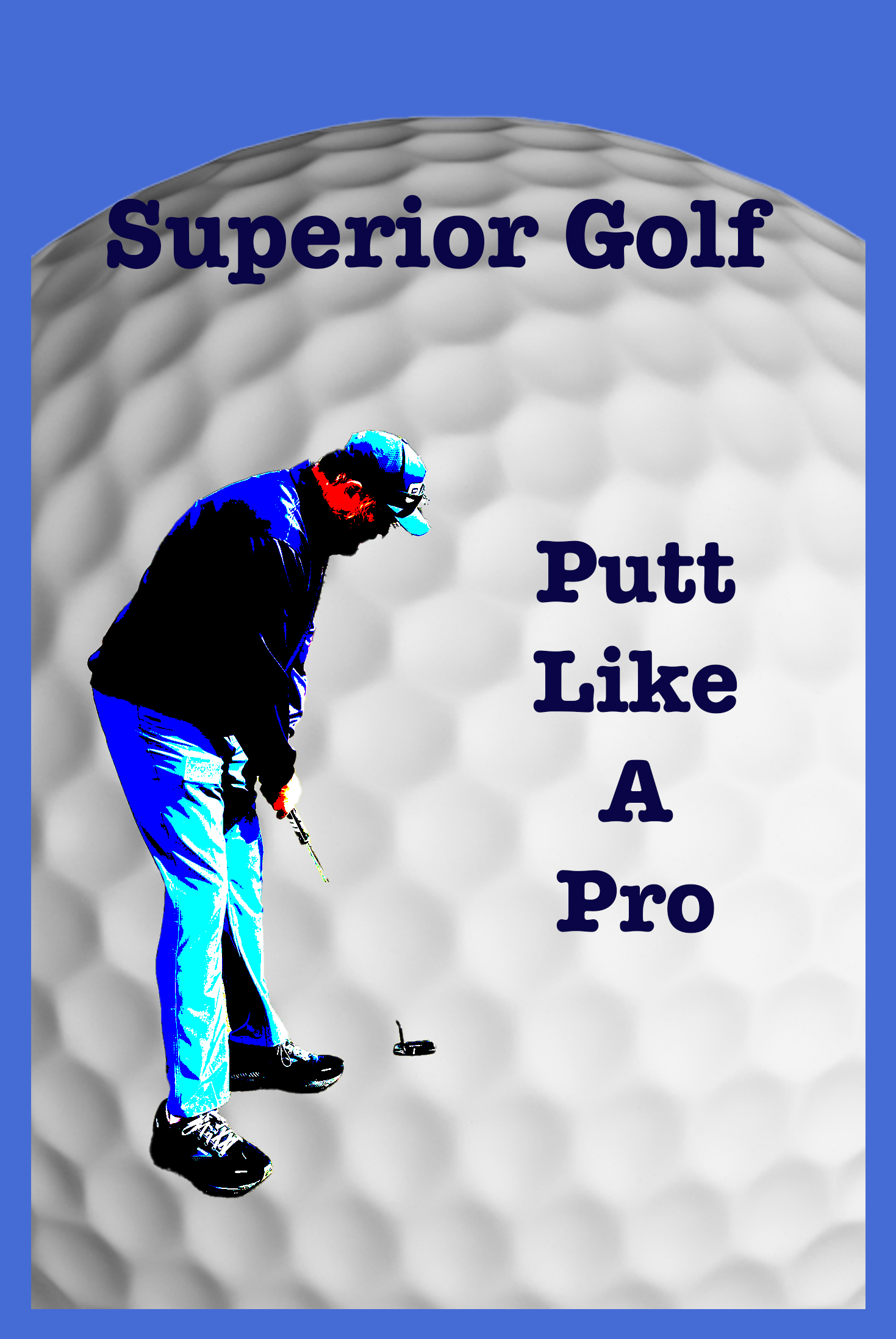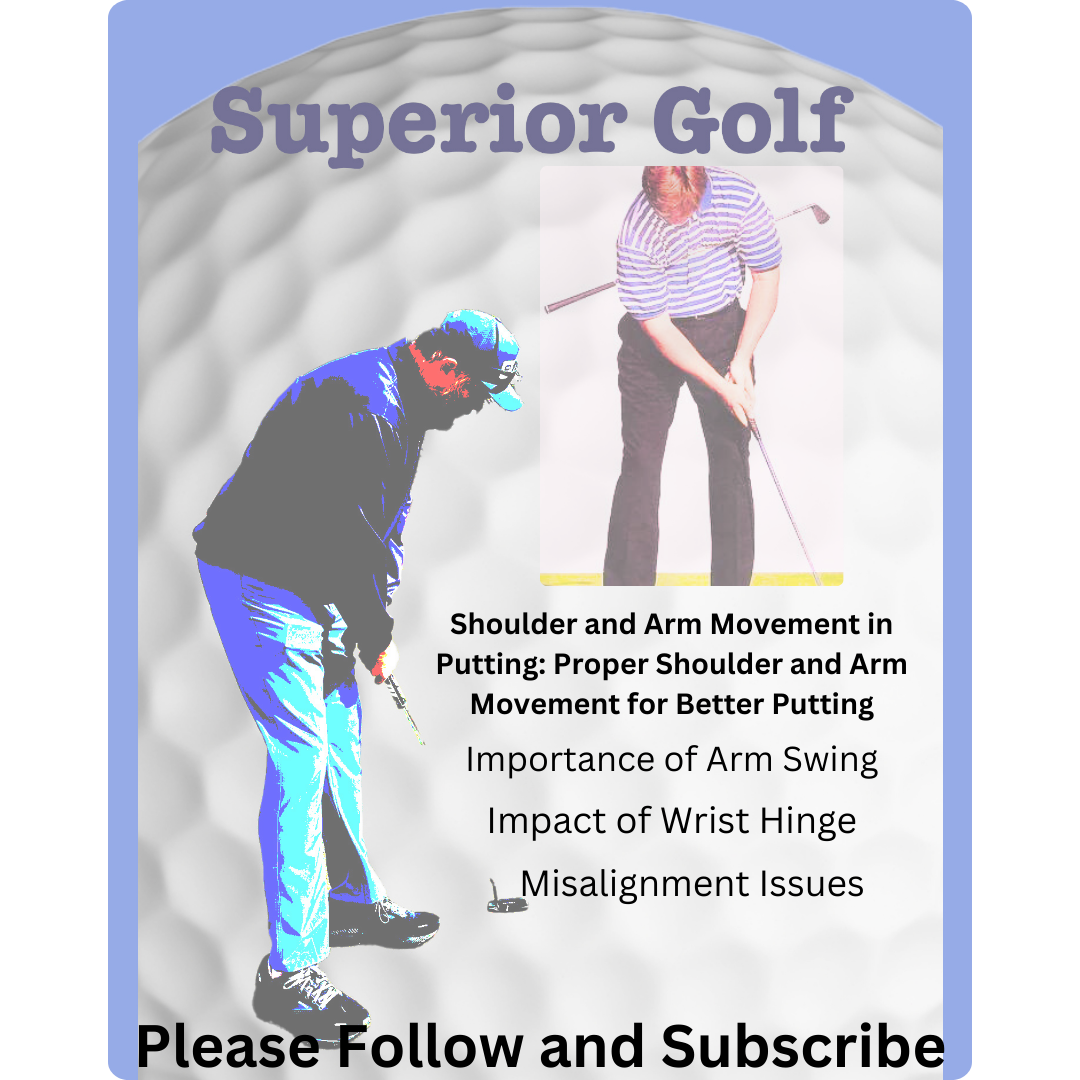Shoulder and Arm Movement in Putting: Remember your first time holding a golf club. The game’s thrill and the quest to master your swing kept you coming back. Yet, putting often becomes the toughest part for players at all levels. Like you, I’ve been upset by misses. But then, I learned how right moves in the shoulders and arms could change everything.
Imagine sinking a putt, knowing your shoulders and arms work together flawly. Success in putting really depends on this teamwork. Tour pros keep their wrists still for more consistent shots, unlike amateurs who don’t. Learning the right way to move can really help your game.
A golfer tried a new grip after seeing David Edel’s videos. They held the club with a much softer grip. This small tweak made a huge difference in control and speed, showing how important proper grip and arm position are for putting.
Key Takeaways
- Tour players limit wrist motion to maintain putt consistency1.
- Amateur golfers often struggle due to excessive wrist movement1.
- Modified grip styles, like those taught by David Edel, can improve putt aim and speed.
- Understanding and applying biomechanics enhances putting posture and stroke technique.
- Proper shoulder and arm movement synchrony is crucial for a successful putting stroke.
The Fundamentals of Proper Shoulder and Arm Movement in Putting
To putt well, your arms and shoulders must be aligned right. They should match the putt line, with the putter neutral. This smooths your stroke and cuts error risk2. Keeping your grip even helps with rhythm and distance control3.
Understanding Shoulder Rotation
Right shoulder turn is key. Don’t tilt—rotate. This keeps your head steady for a smooth stroke4.
Your stance affects your putter’s path. It’s key to find one that lets your shoulders turn well4.
Importance of Arm Swing
Arm swing matters a lot in putting. It should sync with your shoulder turn to keep the putter’s path steady. Aim to strike the ball in the putter’s sweet spot for better hits3. Proper arm swing and shoulder turn boost your putt success.
Impact of Wrist Hinge
While working on your shoulders and arms, think about your wrists, too. Too much wrist movement is bad. A little hinge keeps your stroke stable. Use mirrors to check and fix your setup and wrist action2. Stable wrists support better shoulder and arm moves in putting.
Key Techniques for Optimizing Shoulder and Arm Movement
Learning the putting stroke involves good shoulder and arm movement. It’s vital to keep a steady posture where you stand straight but relaxed. You should slightly bend your knees and waist so your arms hang down naturally. Properly positioning your eyes above the ball with the putter helps place the ball right.
Maintaining a Stable Posture
It’s important to keep your body very still, especially your lower body, to avoid shifting your weight wrongly. Many people, up to 67%, face shoulder issues from overuse, sports, or too much motion overhead5. Keeping a stable posture when putting can ease shoulder stress and pain5.
Doing exercises like wall angels and raises without weights can improve your shoulder’s stability and posture5.
Proper Grip Pressure
One error in putting is not keeping the grip pressure steady, which messes up the stroke’s smoothness. The right grip pressure ensures a stable arm swing and good body movement. It’s key for controlling the wrist hinge and the stroke. Shoulder raises help boost stability and strength, helping you keep the right pressure when you putt5.
Effective Use of the Putter
Using the putter well starts with lining everything up right, beginning with the putter face and then your body. Keep your shoulder and arm movements together to avoid messing up your stroke. Try to keep hands, arms, and chest in a stable triangle shape. The AlignMed Posture Shirt and its tech stimulate muscles for better shoulder line-up, enhancing posture and stability5.
Doing drills with tees can help fix and improve your stroke, ensuring your body moves correctly through the putt.
Common Mistakes and How to Correct Them
Getting your putting technique right is key to better golfing. We’ll look at common mistakes involving body mechanics, weight transfer, and alignment. Plus, we’ll offer ways to improve them.
Incorrect Body Mechanics
Using a too-short putter can make you bend too much. This affects your putting posture. Having a putter that lets you stand with your feet shoulder-width apart is crucial6. It keeps your balance and helps avoid alignment errors by ensuring a proper arm swing.
Poor Weight Transfer
A smooth putting stroke needs great weight transfer. A big error is moving your weight too much during the stroke, ruining the necessary pendulum motion6. Keep your weight steady with little lower body movement. This helps keep your arm swing and golf swing mechanics consistent.
Misalignment Issues
Aligning yourself right is essential for hitting your putts. Many golfers have trouble aligning, which leads to misses. Make sure your shoulders, forearms, and putter face line up with your putt’s intended path6. The way you grip your putter, with the V of your thumb and forefinger pointing to your right shoulder, should also improve control6. Staying consistent with these techniques can up your putting game.
To get better at putting, work on these common errors in your technique. You’ll improve your body mechanics and your swing. For deeper advice, check out Master the Art of Golf Putting for more help.
Conclusion
Getting better at moving your shoulders and arms in putting doesn’t happen overnight. It takes a lot of practice. Learning the right ways to stay stable, line up properly, and improve your stroke can help golfers get better at controlling how far and where their putts go7. Using the right gear, standing the right way, and following the best practices for putting can really change your game. This includes keeping your head from moving too much side to side, a big problem for new golfers7.
Also, if you lift your head too soon when you’re putting, especially from 15 feet or closer, it can mess up your shot. The putter might swing open and make the ball miss to the right7. By keeping your head steady and avoiding moves you don’t need, you can get past these common mistakes. This way, you’ll miss less and can lower your scores by avoiding the need to putt three times7.
It’s good to regularly check how well you’re putting by keeping track of your stats. Golf isn’t just about your body but also your mind. Getting better at putting can make you more confident and consistent on the green. Resources like this detailed guide on keeping your head still during a putt can give you more tips on improving your technique and fixing mistakes.
FAQ
What is the significance of shoulder rotation in the putting stroke?
How does the arm swing influence the putting stroke?
Can wrist hinge affect my putting performance?
What are some techniques to maintain a stable posture while putting?
How important is grip pressure in the putting stroke?
What role does the putter play in achieving effective arm and shoulder movement?
What are common body mechanics mistakes in putting, and how can they be corrected?
How does poor weight transfer affect the putting stroke?
What are misalignment issues, and how can they impact my putting game?
Source Links
- https://hackmotion.com/putting-stroke-tips/
- https://www.scienceandmotion.com/download/docs/fundamentals/The Fundamentals of Putting1.pdf
- https://us.humankinetics.com/blogs/excerpt/putting-techniques
- https://swingstation.com/2014/03/11/putting-stroke-technique/’
- https://alignmed.com/blogs/blog/7-exercises-to-stabilize-and-strengthen-the-shoulder
- https://skillest.com/blog/master-the-art-of-golf-putting-a-comprehensive-guide-for-beginners/
- https://www.golfwrx.com/147606/the-causes-of-head-movement-during-the-putting-stroke-and-how-to-fix-it/

